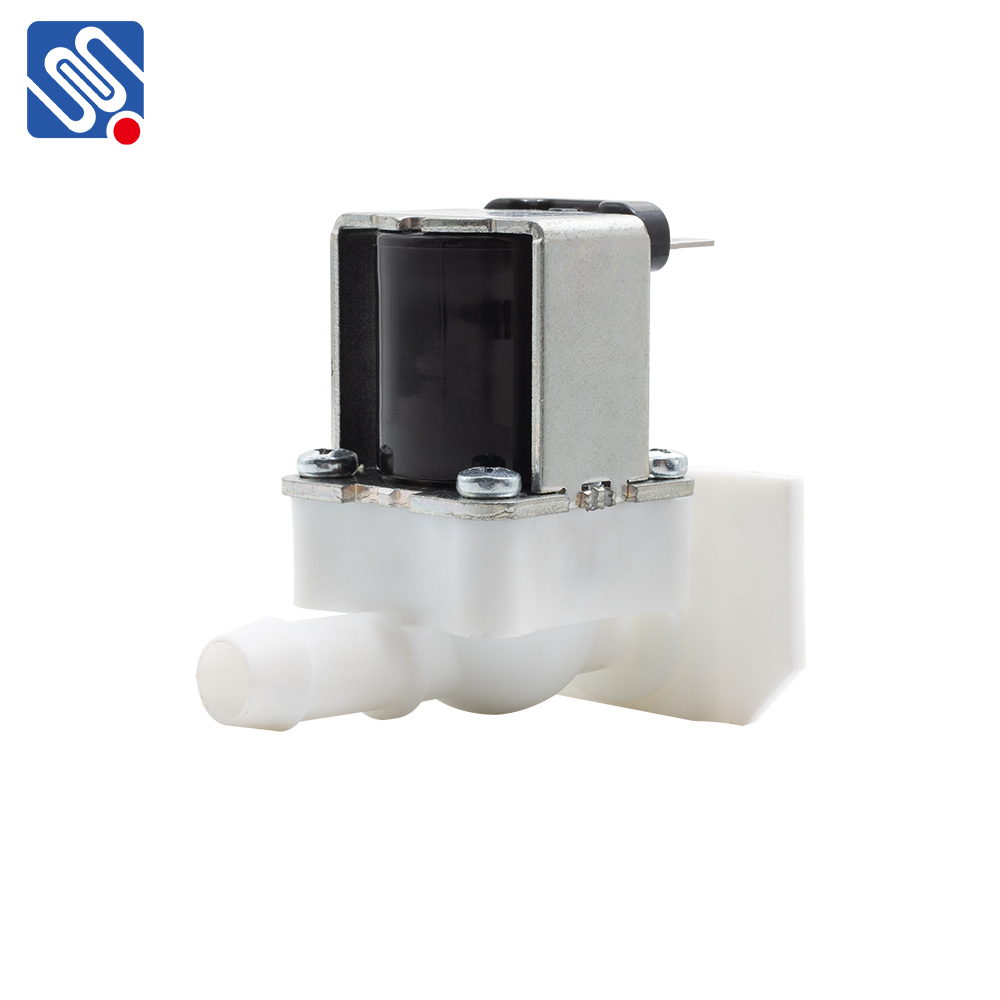A Low Flow Solenoid Valve is a crucial component in many systems where precise regulation of small amounts of fluid or gas is required. These valves are engineered to control the flow of liquids or gases with low flow rates, offering fine-tuned control and reliable operation in sensitive environments. This article aims to explore the key features, working principles, applications, and advantages of Low Flow Solenoid Valves in various industrial and commercial settings.

What is a Low Flow Solenoid Valve? A Low Flow Solenoid Valve is an electrically controlled valve that uses an electromagnetic solenoid to open or close the valve, controlling the flow of fluids or gases through a pipeline. Unlike conventional solenoid valves designed for higher flow rates, Low Flow Solenoid Valves are specially engineered to handle smaller flow volumes, providing high-precision control. These valves are commonly used in applications that require accurate regulation of low flow rates, such as laboratory experiments, medical devices, and microfluidic systems. Key Features of Low Flow Solenoid Valves